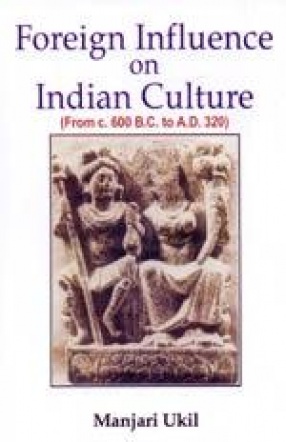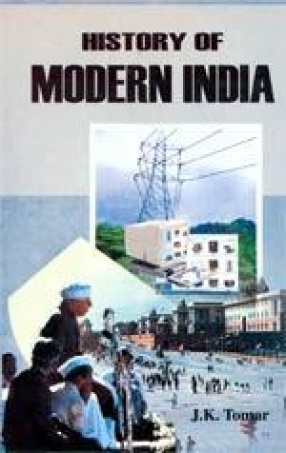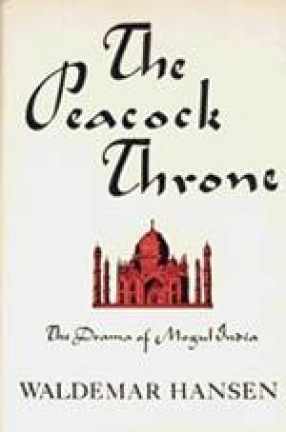Long before Alexander reached the gates of geographical India, the people of the subcontinent enjoyed a sporadic cultural interaction with their immediate western neighbours through the "lateral valleys" of Makran and the mountain passes of Hindukush, which were major land-routes. The complex nature of Indian culture makes it almost impossible to trace the traits left by the "Foreigners" in that remote past. In a diverse and culturally rich country like India, there remains very little difference between culture and civilization. The cultural life of a land consists of social behaviours of the inhabitants as manifested in their typical customs and usages, its spiritual emancipation enriched by the advancement of ethics, philosophy and religion, its spiritual emancipation enriched by the advancement of ethics, philosophy and religion, its aesthetic experiences and technical abilities expressed through the medium of fine arts and other aspects of higher pursuits of intellectual life. The book examines in some detail the traces that the westerners left upon three major aspects Indian culture, viz. social life, fine arts and religion. It is an attempt to present a picture of the cross-fertilization of ideas in an age of India history when it came in contact with the geographically external ethnic elements.
Foreign Influence on Indian Culture (From c. 600 B.C. to A.D. 320)
In stock
Free & Quick Delivery Worldwide
reviews
Bibliographic information
Title
Foreign Influence on Indian Culture (From c. 600 B.C. to A.D. 320)
Author
Edition
1st ed.
Publisher
Originals, 2006
ISBN
818862960X
Length
xiv+334p., Figures; References; Bibliography; Index; 23cm.
Subjects





There are no reviews yet.